It’s noon on a Tuesday in early April. Ripped open seed packets of all different varieties splay across the propagation table, each promising their own unique traits begging to be chosen this season. We emerge from the greenhouse having spent the morning sowing thousands of these seeds into cell trays — from peas to celery, chicories to spinach. This is the time of the season with more anticipation and excitement than any other. A new season, a new opportunity to grow just about anything we can think of. Of all the diverse categories of crops seeded on this morning though, nothing quite compares to my obsession for lettuce.
I snag a bag of that lettuce from the cooler on the way back to our cottage and start to daydream of that first sip of seltzer I get to swig once home. I walk in, quench my thirst and begin to fill my favorite wooden bowl with the bag of greens. I eat these greens every single day, but today after a long morning of handling all of those tiny seeds full of potential I look at my lunch a bit differently. I take a moment to appreciate the diverse range of colors, textures, leaf shapes and sizes. In each of these carefully selected varieties, I visualize the many hands (and minds) that worked so passionately to get those very characteristics within each plant. I think of the many professional and amateur plant breeders, working behind the scenes, stewarding and innovating the varied genetic lines that make the content of my salad bowl possible. I see the work of Frank Morton, plant breeder and founder of Wild Garden Seeds, in the intense speckled oakheart leaves. I see the manifested work of the devoted team at Johnny’s Selected Seeds as I spy the consistently perfect green butter lettuce cups staring back at me. I see the professors and students of the University of Rutgers that are so expertly selecting for the downy mildew resistant and resilient basil strains. All in a simple salad, and I think… as if.
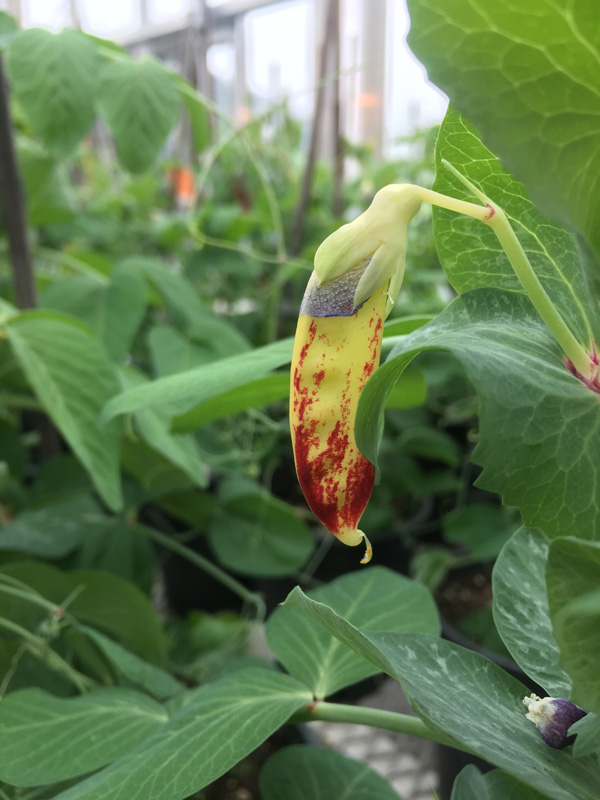
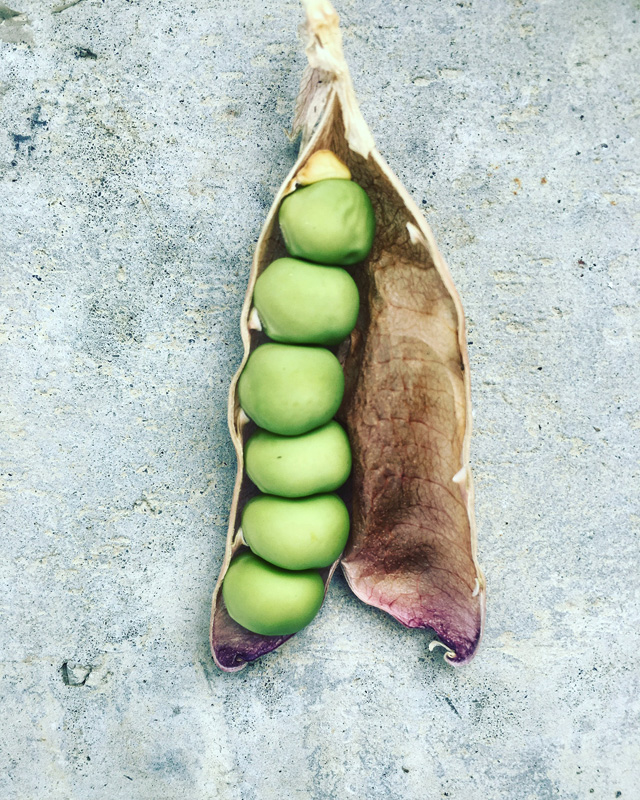
Traditional plant breeders hold a special place in my heart. In an age when chefs are getting so much attention that there’s an entire Netflix category devoted to films portraying their craft, I often wonder how plant breeders are still absent from most of the conversation around food. These folk are, after all, the true masterminds shaping the trajectory of raw ingredients and therefore cuisine. But I didn’t even truly appreciate plant breeder’s work or pivotal role in shaping the food system until I had the opportunity to work with Michael Mazourek — a vegetable breeder and professor of plant genetics at Cornell University.
I had the deep pleasure of working with this mad genius for a year up in Ithaca. That year, though brief, was enough to solidify my deep belief in the weight of this work. He’s most widely known for the creation of the Honeynut squash, but also the Koginut, the Habanada pepper, the 7082 cucumber, the Beauregarde pea and others. He has been featured in The New York Times, Bon Appetit, Forbes, Patagonia Provisions and more. His seed company, Row 7, has made him somewhat of a celebrity in the niche seed-breeding world. And yet, still, I feel that the breadth of his work, and the work of others like him, is often overshadowed and undervalued.
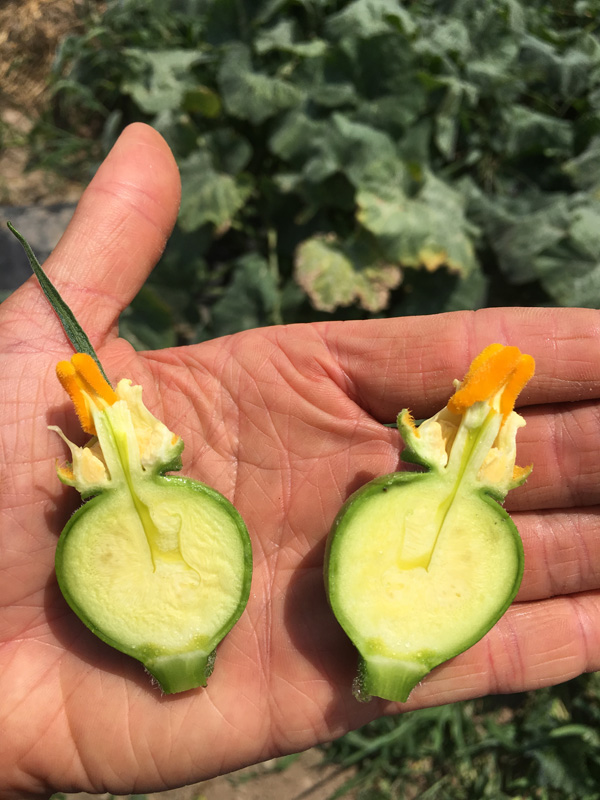
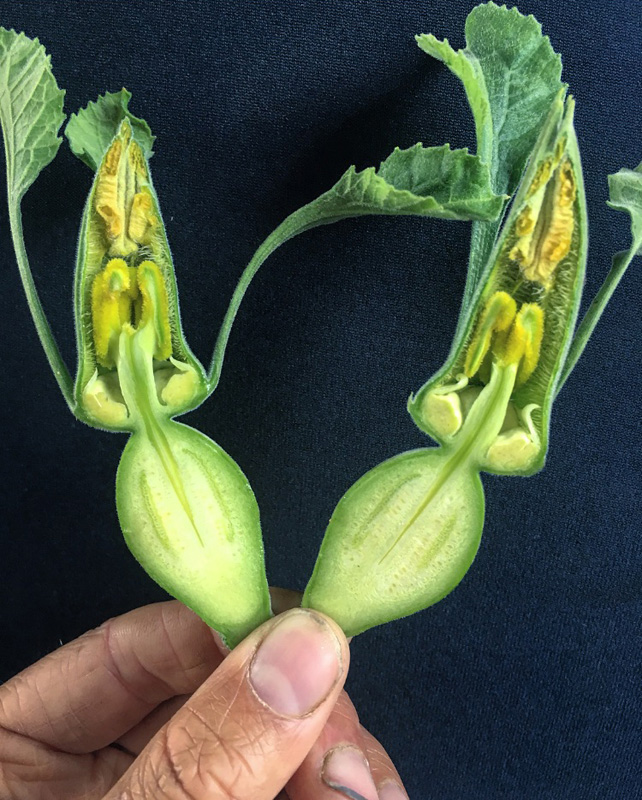
The science and art of plant breeding that Michael, and other traditional plant breeders like him, engage in is a true practice of delayed gratification. For context, it can take upwards of seven plant generations (many years) to stabilize a single variety from its first cross to its ultimate destination, a seed packet. This long and tedious selection process is absolutely essential in ensuring that the resulting cultivar is commercially viable for farmers like us.
I’ve used the phrase “traditional plant breeding” a few times now, and the distinction is important. As opposed to genetic engineering — a process in which the genetics and biology of a plant species are artificially manipulated in a laboratory in order to optimize the characteristics of a species, traditionally bred crops rely on physical crosses by human hands (usually in a greenhouse or in the fields) through the exchange of pollen between plants. This is the same process, more or less, that occurs in nature by chance. But why then the need for humans’ role as plant breeders in the first place if plants are more than capable (and probably better suited) of doing it themselves? The answer: the demands of modern agriculture. The way humans grow crops is a manipulation of ecosystems which would not occur naturally without our intensive input. Certain farms get closer than others in trying to mimic the way plants and nutrient cycles operate in our wild ecosystems (as we try to do here at Beetlebung Farm), but it still seeks to maximize and prioritize what we humans want out of it, which is mainly food — nutrient dense, great tasting food and most often, large quantities of it.

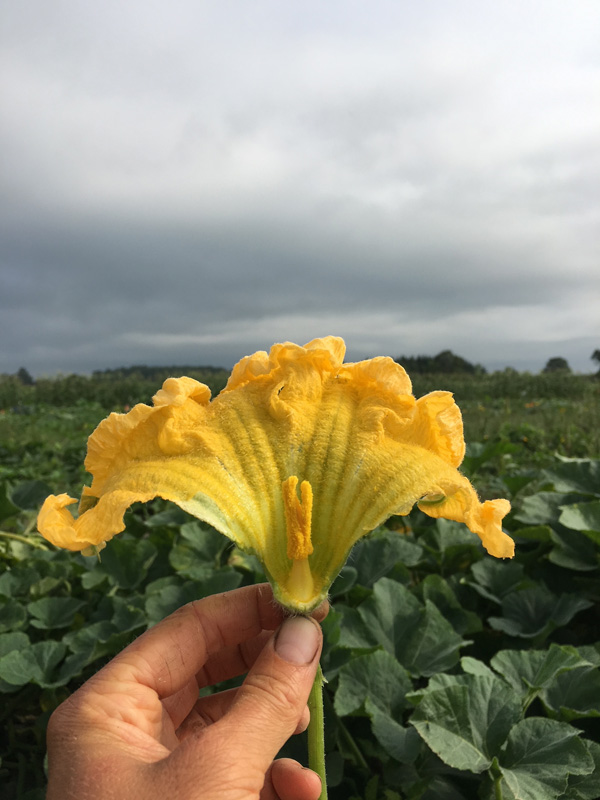
When crops are forced to grow in these “unnatural” environments — in the most extreme case, as a monoculture with poor natural defenses to pest and disease pressure — they are pushed to their limit. No matter how strong those genetics are, when planted into a system of overwhelming pressure, through lack of diversity and poor soil, their ability to defend themselves is drastically weakened. Even with all of the pesticides they have access to, the pests and diseases they’re fighting also evolve and eventually render that variety inadequate in a large-scale, industrial, monoculture system. Believe it or not, this has a tremendous ripple effect, and will likely end our own ability as a small-scale, highly diverse, regenerative farm on an island in New England to grow certain beloved varieties we depend on each season. The purchasing power of huge farms drastically affects what seed companies choose to sell in their catalogs. It is then, once again, the plant breeders role to either work to evolve those varieties to modern needs or retire them all together and move on.
We as farmers spend the better half of our winters pawing through seed catalog after seed catalog, each filled with so much diversity it would blow your mind — each individual variety with a different origin story, a different brilliant mind and dedicated team to get it from figment of the imagination to a pocketful of seeds. Plants are bred for many reasons — to solve a problem (pest or disease vulnerability), to fill a niche in the market (think pumpkins for pie filling), or in the more rare case — to spark joy, wonder, or pleasure in a community of growers and consumers through taste and flavor.

As a small farm with healthy living soil, a diverse and resilient crop plan, and a supportive local community of consumers, we get to celebrate the breeders doing the latter. We get to grow the Badger Flame beets that Irwin Golman of WU-M bred to be eaten raw, we get to grow Tom Wagner’s Green Zebra tomato bred for its flattering green and yellow stripes, and we get to grow Michael Mazourek’s Habanada peppers bred to highlight the fruity flavor of a habanero minus the heat. The plant breeder’s role is to unlock the toolkit of genetics that already exists within the brilliance of our natural world. The farmer is here to select and successfully grow what varieties work best in their systems, their climate and for their community. And the cook — whether that’s me in my kitchen prepping a salad for lunch or it’s the chef in a neighborhood restaurant serving hundreds of people a night — has the responsibility to acknowledge and appreciate all of the work done before them, enhance it (hopefully minimally), and essentially not screw it up.
We take eating for granted constantly. We’ve outsourced nearly every part of it. Few people grow their own vegetables, fruit, or grains, even fewer save their own seeds, a lot of us don’t even take part in the cooking of our meals. It’s easy to forget all the people who have dedicated their entire lives to making that “simple” salad in front of you possible, but I bet you, you’ll enjoy it more if you do.
Far and away the best compliment I’ve ever received about the produce we’ve grown at Beetlebung Farm is when someone says the greens mix was so good they ate half the bag on the way home in the car, undressed, as a snack. But it’s not because I feel particularly responsible for their enjoyment of each of those beautifully bred greens, but because we as farmers have succeeded in allowing others to experience the signature and brilliance of what exceptional plant breeders can do.

